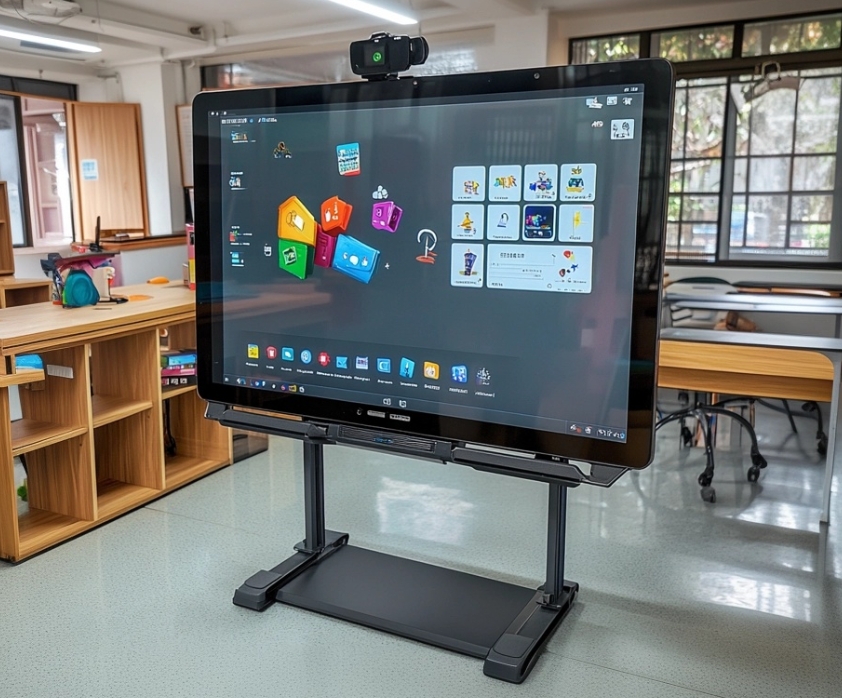How to Use a Smart Board for Teaching

Welcome to the future of education! Smart boards are revolutionizing classrooms by making lessons more interactive and engaging. If you' re new to this technology or just looking for some tips to enhance your teaching, you' re in the right place. Let' s dive into the world of Smart boards and discover how they can transform your teaching experience!
What Are the Characteristics of a High-Quality Teaching Smart Board?
A high-quality teaching smart board possesses several key characteristics that enhance the learning experience. Firstly, it should have a high-resolution display to ensure clear and vibrant visuals, which are crucial for engaging students. Secondly, the smart board should support multi-touch functionality, allowing multiple users to interact with the board simultaneously. Thirdly, it should be equipped with responsive and accurate touch technology to ensure smooth and precise writing and drawing.
Additionally, a high-quality teaching smart board should offer seamless integration with various educational software and tools. Electronic Whiteboard featuring EDLA certification includes compatibility with popular platforms like Google Classroom, which can be facilitated by having Google EDLA (Education Device License Agreement) certification. This certification ensures that the digital whiteboard meets Google' s stringent standards for educational devices, providing a reliable and secure user experience.
Furthermore, the smart board should have robust connectivity options, including Wi-Fi, Bluetooth, and multiple ports for connecting external devices. It should also feature built-in speakers and a microphone to support multimedia presentations and virtual learning. Durability and ease of maintenance are also important, as the board will be used frequently in a classroom setting. Lastly, a high-quality teaching smart board should come with comprehensive training and support resources to help educators maximize its potential.

Setting Up Your Smart Board
First things first, let' s get your Smart Board up and running. Most smart boards come with a user-friendly setup guide, but here are some quick steps to get you started:
Connect the Smart Board to your computer: Use the provided USB or HDMI cables.
Install the necessary software: Usually, this includes drivers and interactive software.
Calibrate the board: Follow the on-screen instructions to ensure the touch accuracy is spot-on.
You' re ready to start teaching with your Smart Board.
Creating Interactive Lessons
One of the biggest advantages of using a teaching smart board is the ability to create interactive lessons. Here are some ideas to get your creative juices flowing:
Interactive quizzes: Use the board to display questions and let students come up to select their answers.
Drag-and-drop activities: Perfect for subjects like math and science where students can move elements around.
Virtual field trips: Use the internet to take your students on a journey without leaving the classroom.
The possibilities are endless, and your students will love the hands-on experience!
Engaging Students with Multimedia
Gone are the days of boring, static lessons. With a teaching smart board, you can easily incorporate multimedia elements to make your lessons more engaging:
Videos: Show educational videos directly on the board.
Audio clips: Play relevant audio to enhance understanding.
Images and diagrams: Display high-quality visuals to support your teaching points.
These multimedia elements can make complex topics easier to understand and keep your students' attention.
Utilizing Smart Board Tools
Teaching smart board comes with a variety of built-in tools that can make your teaching more effective. Here are a few you should definitely try out:
Stylus pen for interactive panel: Use different colors to highlight key points or solve problems.
Eraser tool: Easily correct mistakes without the mess of traditional chalk or markers.
Screen capture: Save important notes or diagrams for future reference.
These tools can help you create a dynamic and interactive learning environment.
Tips and Tricks for Effective Use
To get the most out of your teaching smart board, here are some tips and tricks:
Practice makes perfect: Spend some time getting familiar with the board' s features.
Encourage student participation: Let students come up and use the board to solve problems or present their work.
Keep it clean: Regularly clean the board to ensure it remains responsive and clear.
By following these tips, you' ll become a Smart Board pro in no time! There you have it! With these tips and tricks, you' re well on your way to making the most of your Smart Board. Happy teaching!
